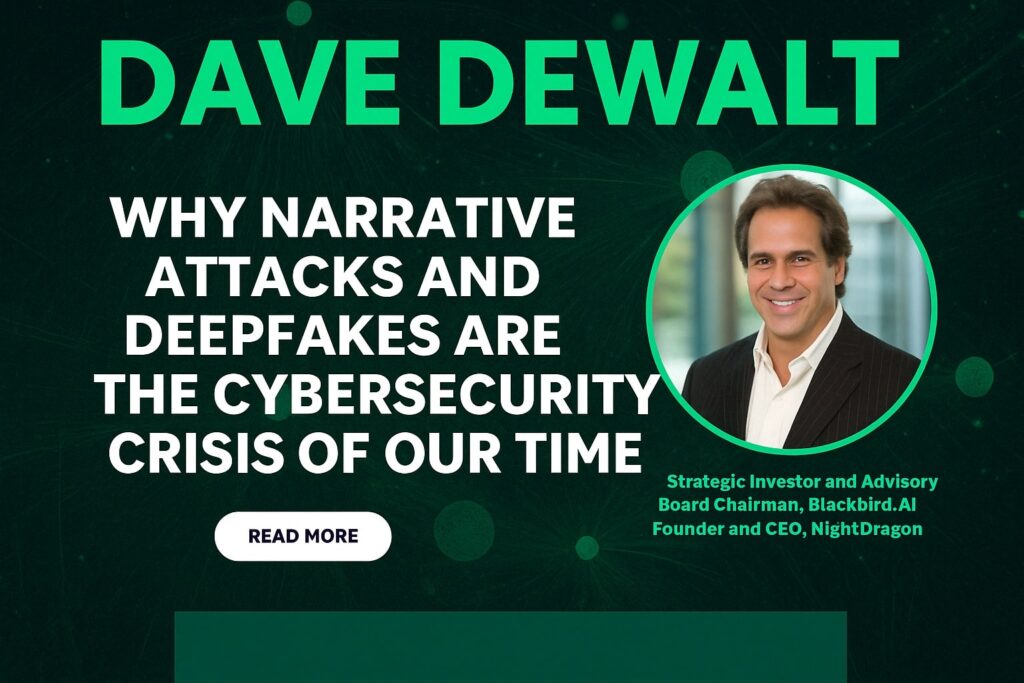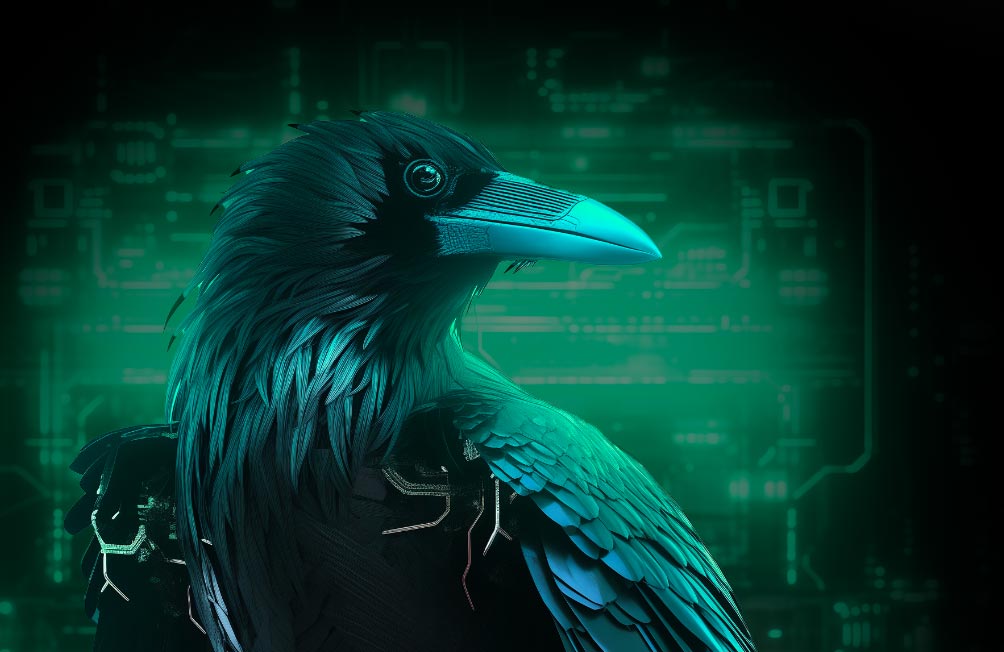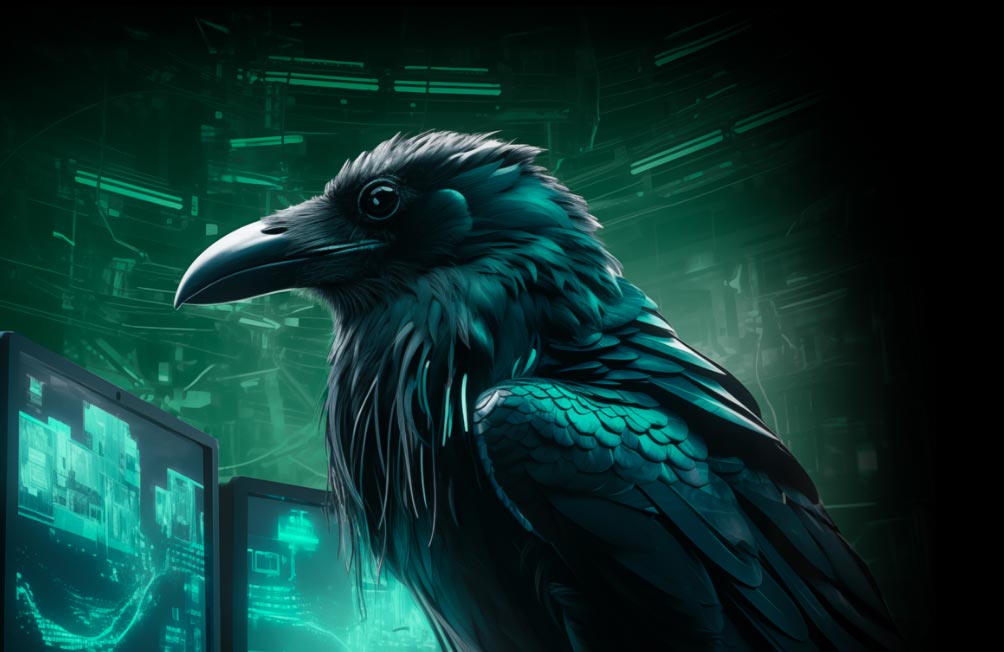Dave DeWalt: Why Narrative Attacks and Deepfakes are the Cybersecurity Crisis of Our Time
Cybersecurity expert Dave DeWalt, founder and CEO of NightDragon, explains how narrative attacks, amplified by AI, threaten brands and national security, and why visibility and cross-team collaboration are crucial to managing risk.

This blog post transcribes Dave DeWalt’s comments about narrative attacks as an urgent cybersecurity threat.
Greetings, everybody. Dave DeWalt here, founder and CEO of NightDragon.
I have a lot of experience in the cybersecurity industry, from my days at FireEye, Mandiant, and McAfee, I’ve encountered numerous threats. I also serve on several large boards and work with governments globally. One of the biggest issues we currently face is misinformation and disinformation. This challenge manifests in numerous ways, creating what I refer to as the “perfect information problem storm,” closely related to ongoing cyber threats.
LEARN: What Is Narrative Intelligence?
The speed and virality of information today—measured in seconds and minutes—is unprecedented, whether that information is true, false, or computer-generated. This rapid spread can severely harm brands, escalate national security concerns, and increase geopolitical tensions. Adding AI into this mix exacerbates the situation. AI can swiftly generate deepfakes and content indistinguishable from human-created material, creating a daunting challenge.
Moreover, many of our “trusted” content sources have relaxed their trust and safety standards, allowing virtually unrestricted content onto their platforms. When combined with rapid dissemination and AI-generated content, this creates a “perfect storm” of risk. Indeed, misinformation and disinformation have been identified as top global risks by the World Economic Forum.
Addressing this threat is critical, given its substantial impact on brands, revenue, and corporate reputations, especially in today’s cancel-culture environment. The first step toward a solution involves enhanced teamwork: Chief Security Officers (CSOs) and Chief Information Security Officers (CISOs) must collaborate closely with communications and marketing teams. It’s no longer sufficient merely to monitor your brand—you must proactively address serious threats to your organization and its executives.
This integration of security, marketing, and communications is essential, and it begins with visibility. This is precisely why I’ve identified Blackbird.AI as a powerful tool in addressing this problem. Effective response requires visibility into sentiments and narratives surrounding your brand, assets, and personnel. You must monitor continuously, detect anomalies, and respond promptly.
Understanding and managing the lifecycle of misinformation and disinformation—visibility, monitoring, detection, and response—is essential for today’s organizations. Every security issue we’ve ever faced has originated from a lack of visibility. It’s vital to rapidly secure that visibility and implement mitigation strategies effectively.
- To receive a complimentary copy of The Forrester External Threat Intelligence Landscape 2025 Report, visit here.
- To learn more about how Blackbird.AI can help you in these situations, book a demo.
Dan Patterson • Head of Corporate Communications
Dan Patterson is a strategic communications leader driving impact at the intersection of artificial intelligence, cybersecurity, and media. At Blackbird.AI, Dan leads communication and content strategy that breaks down complex AI and cybersecurity concepts for diverse business audiences. Prior, he was the national tech correspondent for CBS News.
Dan Patterson is a strategic communications leader driving impact at the intersection of artificial intelligence, cybersecurity, and media. At Blackbird.AI, Dan leads communication and content strategy that breaks down complex AI and cybersecurity concepts for diverse business audiences. Prior, he was the national tech correspondent for CBS News.
Need help protecting your organization?
Book a demo today to learn more about Blackbird.AI.



